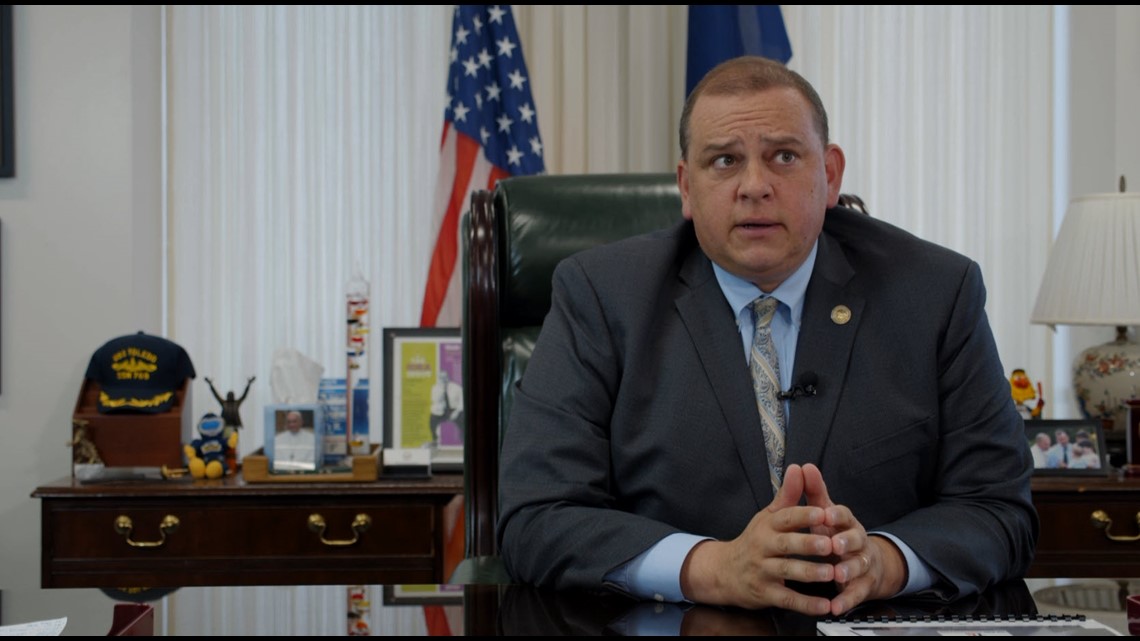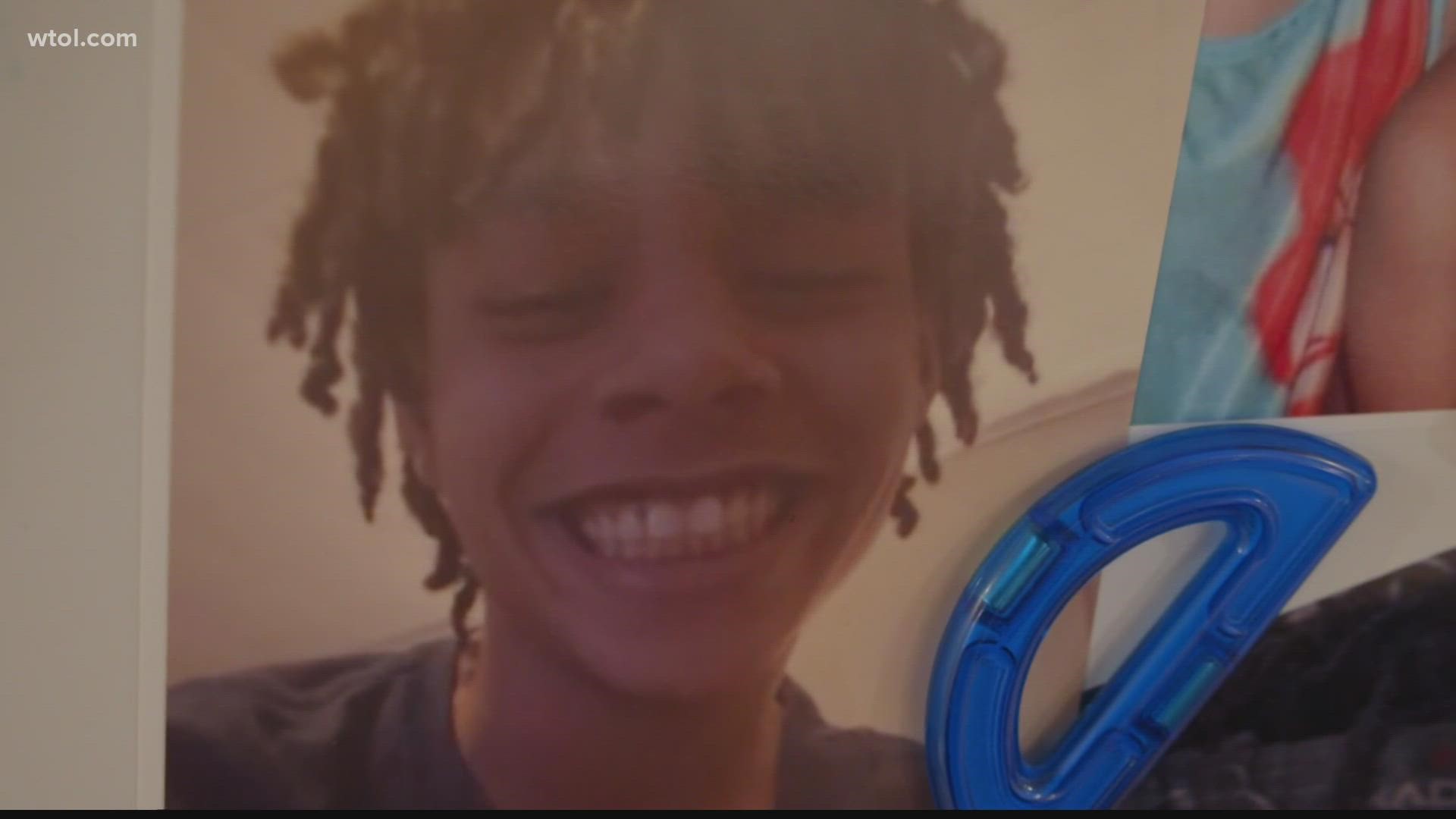TOLEDO, Ohio — Over three nights, 11 Investigates broke down the violence that has wracked the city over the past year. For the city to thrive, it's an issue that needs to stay in the spotlight and a solution needs to be found.
As shootings and killings began to pile up at an alarming pace in the summer, 11 Investigates requested records from the Toledo Police Department.
We asked for a list of all calls related to shots fired from Jan. 1, 2021, through Aug. 31.
We received a list of 1,516 calls. Not all of them were confirmed shots fired. Some may have been a car backfiring, firecrackers, and some incidents received multiple calls.
With that data, we put together a heat map, highlighting neighborhoods in which police return over and over. We also identified trends, such as one-third of all the calls happen between midnight and 4 a.m. and that 40 percent of calls were on Saturday or Sunday. It seems logical that those would be when shootings happen, but hard data can be the first step in finding a solution.
While doing digging for another story, we uncovered a tax document related to Toledo's CrimeStoppers. It showed that in 2020, a little more than $7,000 was paid out in rewards, and the fund had more than $400,000 available. Given that 2020 was the most violent year - prior to this year - in Toledo history, it made little sense that so little was paid out. And it was not simply an anomaly. The rewards disbursed have only increased about $2,000 this year.
RELATED: SHOTS FIRED: What tools are in place to help solve crimes in Toledo - and are they working?
Toledo could have the best detectives in the country, but it's hard to solve crimes if there aren't people in the community willing to work with them. And there seems to be a disconnect.
Finally, we spent 30 minutes talking to Mayor Wade Kapszukiewicz about the issue. In July, he blamed almost all of the violence on gangs and implied that law-abiding citizens had little to worry about. That's not always the case. There are innocent people who are dying in Toledo violence.
During our conversation, he said that he could have chosen his words better, but that data show that in almost all of the city's shootings that the perpetrator and victim know each other.
"Young people have always been settling their grievances," Kapszukiewicz said. "It's really only the last 30 or 40 years where everyone - mentally ill or not - has access to a gun. And now disagreements that were resolved on the playground with, at worst, a bloody nose or a black eye, now produce a homicide."


There was little doubt after that interview that the mayor understands that this is an issue that must be attacked. He has plans to increase the size of the police force over the rest of this year and throughout 2022. This would increase the number of members on the gang force.
He also wants to increase the number of violence interrupters in the community. It's a program that has been tried with varying degrees of success in other cities.
On Thursday afternoon, Dominique Davis became Toledo's 61st homicide victim of the year. A violent weekend could shatter the city's record.
The goal of our "SHOTS FIRED" series was to highlight the problems. There are concentrated pockets of violent areas in the city. There are particularly dangerous hours of the day and week. And Toledo has a CrimeStoppers program that is not fulfilling its mission.
We will continue to aggressively cover this issue as Toledo's political and law enforcement officials seek solutions.

